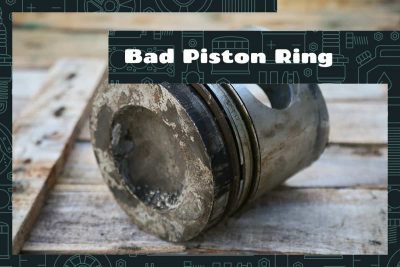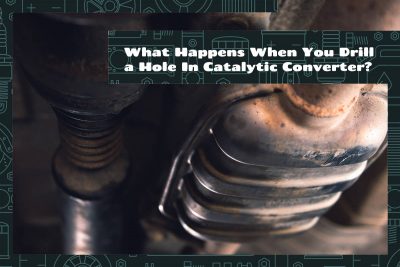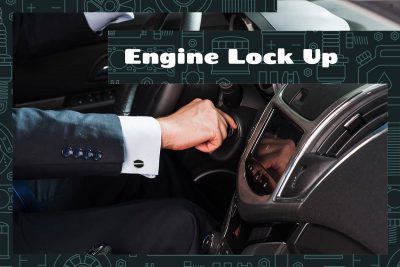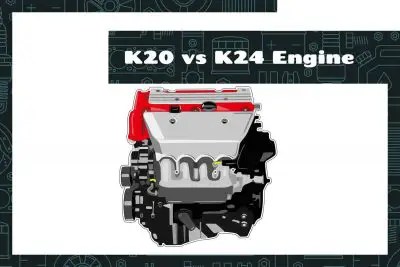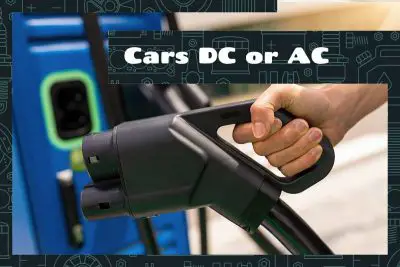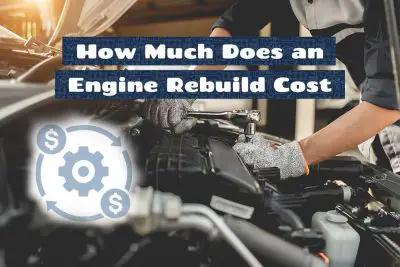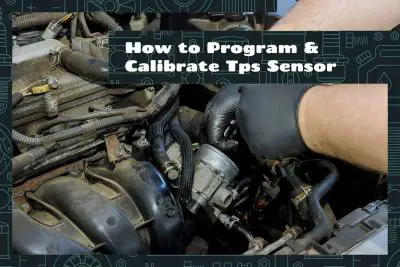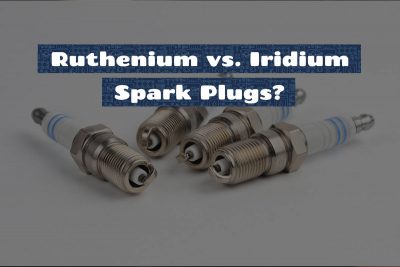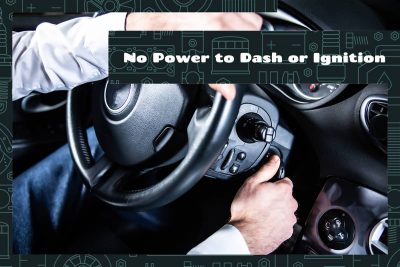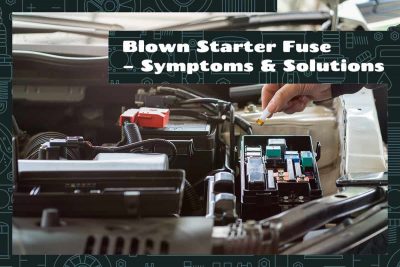Wear and tear is the primary reason piston rings go bad, but factors like poor maintenance, high operating temperatures, and using low-quality parts can also contribute. To fix them, you typically need to replace the damaged rings, which involves disassembling the engine to access the piston and rings.
No, you should not drill holes into a catalytic converter. Drilling compromises its function, leads to increased emissions, and can decrease vehicle performance.
Engine lock up refers to a situation where the engine stops working suddenly and can’t be restarted. Common symptoms include unusual noises, a sudden loss of power, and the car coming to an unexpected halt. In such situations, it’s recommended to turn off the engine and seek professional assistance.
The K20 engine is known for its high-revving nature and sporty performance, while the K24 offers greater displacement and torque. Determining which one is “better” largely depends on individual preferences and specific use cases.
Both DC and AC power systems are utilized in cars. While traditional vehicles predominantly use DC for their electrical components, electric vehicles (EVs) can be powered by either DC or AC motors, with each having its unique advantages and applications.
On average, you should expect to spend between $2,000 and $5,000 for an engine rebuild. The actual cost varies widely, depending on factors like the type of engine, the extent of damage, labor rates, and the parts you choose for replacement.
The Throttle Position Sensor (TPS) informs the engine control unit about the position of the throttle, which then adjusts the amount of fuel entering the engine. A well-calibrated TPS ensures that your car runs smoothly, responds well to acceleration, and maintains good fuel efficiency. But there may come a time when you need to program and calibrate your TPS sensor due to some unforeseen cause.
The RAM EcoDiesel has been a significant player in the truck world since its introduction. Offering fuel efficiency and torque in a package suitable for both daily driving and tougher tasks, it has found favor among many truck enthusiasts. However, like any vehicle, certain production years have stood out, for better or worse.
Ruthenium spark plugs, emerging as a contemporary choice, offer enhanced heat resistance. In contrast, Iridium spark plugs have long been recognized for their durability and efficient ignition capabilities. The decision between the two largely depends on specific vehicle requirements and individual priorities.
If your dash or ignition won’t start up, it’s likely due to a faulty battery, damaged ignition switches, or issues with the car’s wiring and fuses.
When a starter fuse is blown, the car may fail to start, show intermittent starting issues, or certain dashboard lights might not function. Repair options include replacing the fuse and addressing underlying causes, sometimes necessitating professional help.
Once valve seals are worn out, replacement is typically necessary to restore engine function. Costs vary, but expect to pay between $300 to $1,500 depending on car model and labor charges.
